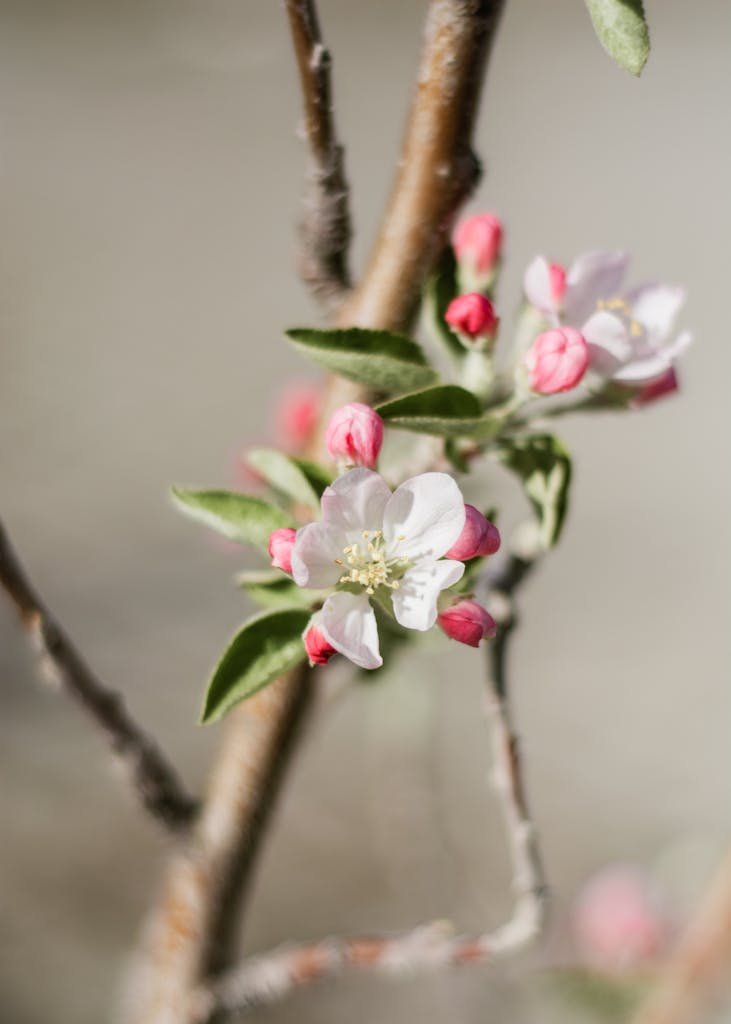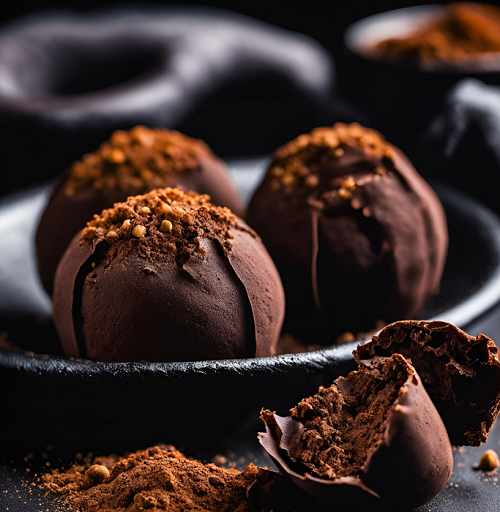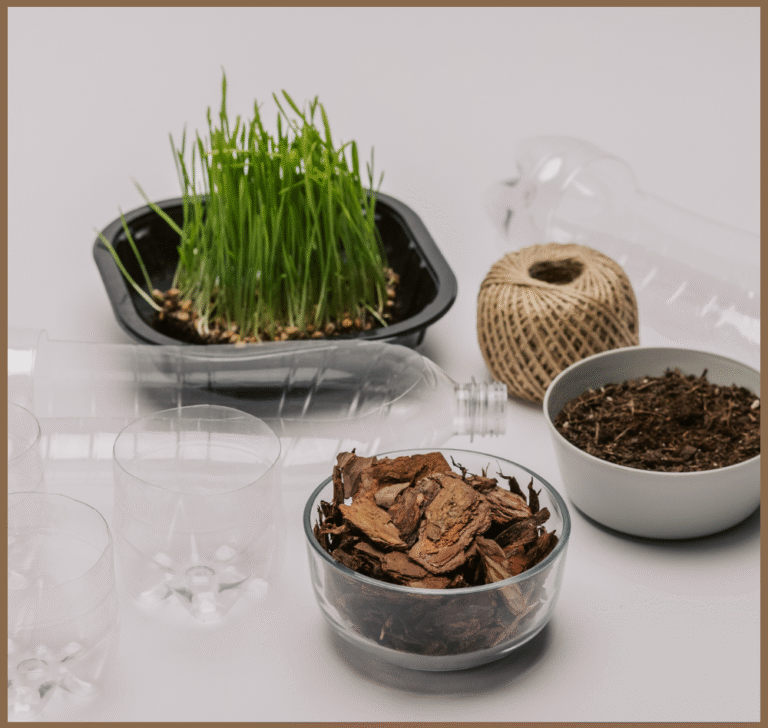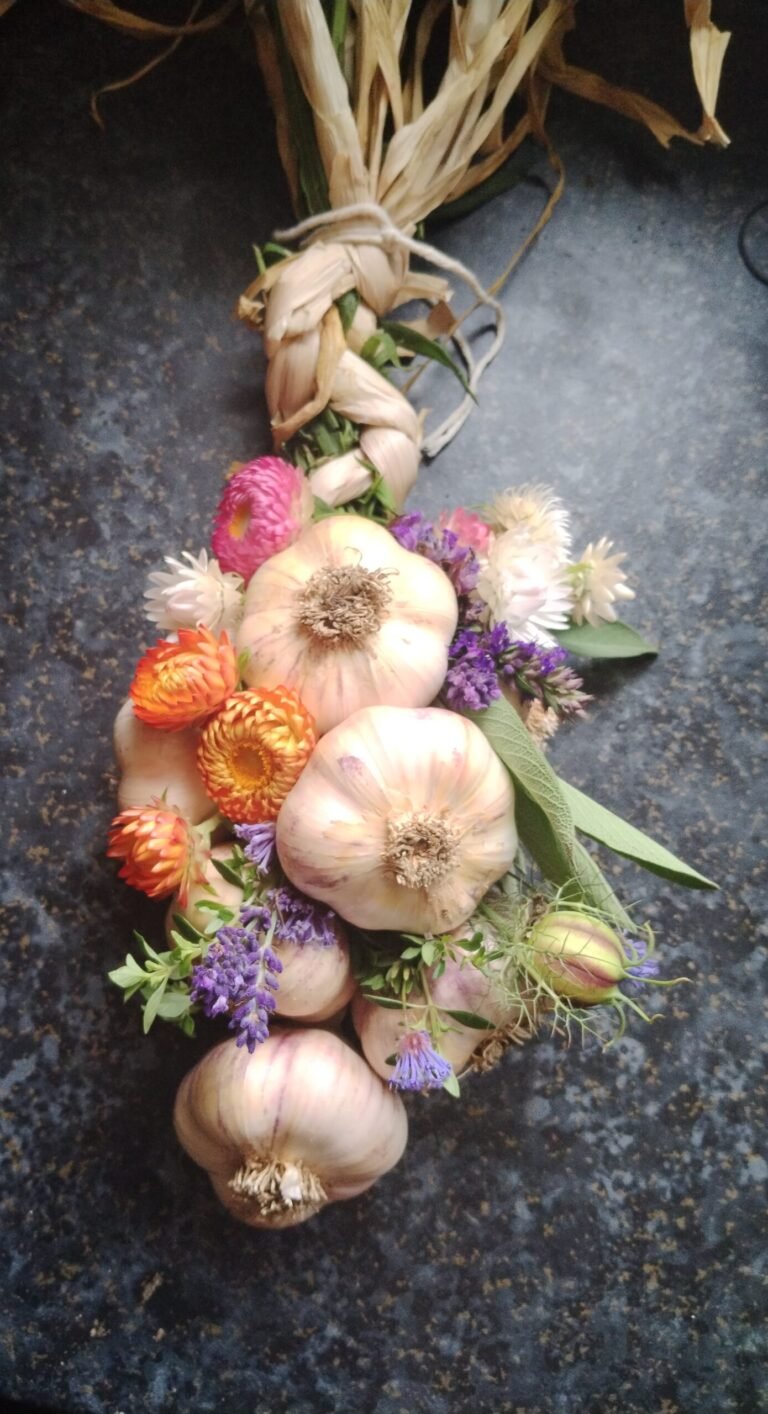Apples are a staple in our home—my children can’t get enough of them! So, of course, I was thrilled by the old saying: An apple a day keeps the doctor away. Naturally, I wanted to make sure they always had plenty. But then I discovered something surprising—apples are one of the worst offenders on the Dirty Dozen list (check out my post The Dirty Dozen: Understanding Pesticide-Laden Produce and Healthier Alternatives), meaning they’re often covered in pesticides. That “healthy” snack? Not always as good as it seems. That’s when I realized the best way to enjoy truly fresh, chemical-free apples was to learn how to grow apple trees myself.
Just imagine stepping outside, reaching up, and picking a crisp, sun-ripened apple straight from your own tree—no sprays, no worries, just pure homegrown goodness. Even better, growing apple trees is easier than you might think. Whether you have a sprawling garden or just a small backyard, there’s an apple tree that will thrive in your space. With a little planning and the right care, you can enjoy a bountiful harvest year after year.
In this guide, I’ll walk you through exactly how to grow apple trees—from choosing the best varieties to planting, pruning, and protecting them from pests. Whether you’re a first-time grower or dreaming of a backyard orchard, you’re in the right place. So, let’s dive in and bring the orchard to your doorstep!
Some of the links in this post are affiliate links, including links to products on Amazon. This means if you click and make a purchase, I may earn a small commission at no extra cost to you. I only recommend items I genuinely love and believe could add value to your life. Thank you for supporting this blog!
Choosing the Right Apple Variety
Apples aren’t just apples—they’re a whole world of crisp, juicy possibilities, each variety carrying its own personality, quirks, and ideal growing conditions. Choosing the right one for your orchard (or even just a single backyard tree) can mean the difference between an effortless harvest and a frustrating battle against pests and weather.
Start by considering your climate. If you’re in a frosty northern region, look for cold-hardy varieties like Honeycrisp or Haralson, which can handle the chill without complaint. Warmer climates? Opt for heat-tolerant apples like Anna or Dorset Golden, which thrive in milder winters. And if you prefer to let nature do the work, disease-resistant varieties like Liberty or Enterprise can keep scab and blight at bay with minimal fuss—perfect for low-maintenance growers.
Then there’s the matter of pollination. Some apple trees, like Golden Delicious, are self-pollinating, meaning they’ll bear fruit even if they stand alone. Others, like Fuji or Granny Smith, need a pollination partner nearby, ideally a different apple variety that flowers at the same time. If you’re short on space, look for semi-dwarf or columnar apple trees that can squeeze into a smaller garden while still producing plenty of fruit.
Finally, think about what you want from your apples. Sweet and crisp for fresh eating? Try Fuji or Gala. The best for baking? Granny Smith or Braeburn. Making cider? Go for Kingston Black or Roxbury Russet. And if you want apples that store well through winter, heirloom varieties like Arkansas Black or Northern Spy will last for months, growing sweeter over time.
Choosing the right apple isn’t just about planting a tree—it’s about crafting an experience, from that first fragrant blossom to the crisp bite of autumn’s harvest.
Planting Apple Trees for a Healthy Start
Planting an apple tree isn’t just about digging a hole and hoping for the best—it’s about setting the stage for years of crisp, homegrown harvests. The right timing, location, and planting technique can mean the difference between a thriving orchard and a tree that struggles from the start.
First, let’s talk timing. Spring planting is ideal in colder regions, giving young trees time to establish roots before winter. In milder climates, fall planting works beautifully, letting roots settle in before the summer heat kicks in. No matter when you plant, location is everything—your tree needs full sun (at least six hours daily) and well-draining soil that doesn’t stay soggy after rain. If your soil is heavy clay, consider raised beds or amending with compost to improve drainage.
Spacing is another key factor. Standard apple trees need about 15-20 feet between them, while semi-dwarf varieties can be spaced 12-15 feet apart. Dwarf trees, perfect for small gardens or even large pots, only need about 8-10 feet. Whatever the size, good airflow between trees helps prevent diseases down the road.
When it’s time to plant, start by digging a hole about twice the width of the root ball but no deeper than the tree was in its nursery pot. Mix in some compost, but don’t overdo it—trees need to adapt to the native soil. If planting a bare-root tree, soak the roots for a few hours before placing it in the hole. Settle the tree in, backfill with soil, and tamp it down gently. Finish with a layer of mulch (keeping it away from the trunk) to lock in moisture.
With the right start, your apple tree will reward you with seasons of blossoms, shade, and baskets of fruit for years to come.
Essential Care and Maintenance
Apple trees may be resilient, but with a little extra care, they can truly flourish. From proper watering to strategic thinning, these simple steps will keep your orchard healthy and productive for years to come.
Watering Wisely
To begin with, young apple trees need consistent moisture to establish strong roots. Ideally, they should receive about an inch of water per week, either from rainfall or deep watering. However, as trees mature, they become more drought-tolerant. Even so, during particularly hot or dry spells, giving them a deep soak every 10 to 14 days can prevent stress. The key here is to water deeply but infrequently—this encourages roots to grow downward rather than remaining shallow.
Feeding for Growth
In addition to watering, proper fertilization plays a major role in tree health. Organic options like compost, well-rotted manure, or fish emulsion gradually enrich the soil while also supporting beneficial microbes. On the other hand, if you prefer a synthetic option, a balanced fertilizer (such as 10-10-10) applied in early spring can provide a quick nutrient boost. However, be careful—too much nitrogen can result in excessive leafy growth at the expense of fruit production.
Mulching for Moisture and Weed Control
Furthermore, applying a thick layer of mulch (around 2-4 inches) helps retain moisture, regulate soil temperature, and suppress weeds. For best results, use organic mulch like wood chips, straw, or leaf mold. That said, make sure to keep the mulch a few inches away from the trunk, as piling it too close can encourage rot and attract pests.
Thinning for Quality Over Quantity
Lastly, when apple trees set fruit, they often produce too many apples in tight clusters. If left unchecked, this can lead to smaller, misshapen fruit and even broken branches. To avoid this, thin the apples in late spring, leaving about one fruit every 6 inches. Although this may seem counterproductive at first, it actually leads to bigger, juicier apples by harvest time.
With just a little attention throughout the season, your apple trees will continue to reward you with crisp, flavorful fruit year after year!
Pruning Apple Trees for Maximum Yield
Pruning may seem like an intimidating task, but once you get the hang of it, it becomes one of the most rewarding parts of apple tree care. With the right approach, you’ll encourage stronger growth, better airflow, and, most importantly, a more abundant harvest.
Why Pruning Matters
First and foremost, pruning isn’t just about making your tree look tidy—it’s about its overall health. Removing dead or overcrowded branches allows more sunlight and airflow to reach the remaining fruit, which helps prevent diseases like apple scab and powdery mildew. Additionally, a well-pruned tree puts more energy into producing high-quality apples rather than wasting it on excessive, weak growth.
When to Prune: Winter vs. Summer
Timing is everything when it comes to pruning. Winter pruning (best done while the tree is dormant) encourages vigorous new growth in the spring. On the other hand, summer pruning slows down overly vigorous branches and improves light penetration, leading to better fruit ripening. For young trees, focus on shaping in the winter. Meanwhile, for mature trees, a light summer trim helps keep them manageable.
Step-by-Step Pruning Guide
- Start by removing suckers – These are the thin, fast-growing shoots at the base of the tree that steal nutrients from productive branches.
- Thin out overcrowded branches – If branches are crossing or growing inward, remove them to improve airflow.
- Shape the tree – Aim for an open center or a strong central leader, depending on the variety. Keeping the tree well-balanced prevents weak limbs and breakage.
Espalier: Growing Apples Against a Wall
For those with limited space, espalier pruning is a game-changer. By training your apple tree along a fence or wall, you not only save space but also create a stunning focal point. To start, select a young tree and gently guide its branches along horizontal supports. Regular pruning keeps it in shape, and before long, you’ll have a beautifully sculpted apple tree producing fruit right at eye level.
A little pruning goes a long way, and with a bit of practice, you’ll find that it’s less about cutting and more about guiding your tree to its full potential!
Managing Pests and Diseases Naturally
There’s nothing quite like the anticipation of biting into a crisp, homegrown apple—until you spot an unwelcome guest wriggling inside. Apple trees may be resilient, but pests and diseases can still wreak havoc if left unchecked. Fortunately, with a few natural strategies, you can keep your orchard thriving without resorting to harsh chemicals.
Common Apple Tree Pests
Apple trees tend to attract a few persistent troublemakers. Aphids cluster on new growth, sucking out vital nutrients and weakening the tree. Codling moths, notorious for their “wormy” apples, lay eggs on fruit, leading to disappointing surprises at harvest time. And then there’s the apple maggot, which burrows through fruit, leaving it inedible. While these pests may be persistent, they’re not invincible—with the right organic controls, you can stop them in their tracks.
Organic Pest Control Methods
Instead of reaching for chemical sprays, try working with nature. Companion planting is a fantastic way to deter pests—planting garlic or marigolds near your apple trees repels aphids, while nasturtiums lure them away as a sacrificial plant. Neem oil is another excellent organic solution, disrupting the life cycle of common pests without harming beneficial insects. Speaking of which, ladybugs and lacewings are your best allies when it comes to keeping aphids under control, so encourage these natural predators by growing pollinator-friendly flowers nearby.
Preventing Common Apple Diseases
Beyond pests, apple trees can also fall victim to diseases like fire blight, apple scab, and powdery mildew. The best defense? Prevention. Proper pruning keeps airflow moving through the canopy, reducing humidity that encourages fungal infections. Avoid overhead watering, as wet leaves create the perfect environment for disease. And, if you spot signs of trouble—such as blackened branches from fire blight—prune affected areas immediately to stop the spread.
Using Natural Fungicides and Organic Sprays
For an extra layer of protection, organic sprays like copper fungicide or sulfur can help control fungal issues when applied early in the season. A homemade apple cider vinegar spray (diluted with water) can also help prevent powdery mildew. Just be mindful not to overuse even natural treatments—healthy soil, good airflow, and pest-friendly biodiversity are your orchard’s best long-term defenses.
By working with nature instead of against it, you’ll cultivate a thriving apple harvest that’s as healthy as it is delicious!
When and How to Harvest Apples
After months of nurturing your apple trees, the moment of truth arrives—harvest time! But how do you know when your apples are truly ready to pick? Harvesting too early means tart, underdeveloped fruit, while waiting too long can lead to mealy textures or a feast for the birds. Luckily, a few simple cues can help you pick apples at their peak.
Signs Your Apples Are Ready to Pick
First, check the color. While each variety has its own ripening shades, most apples will deepen in hue as they mature. Next, give them a gentle squeeze—ripe apples should be firm but not rock-hard. And, of course, the ultimate test is a taste check! If the fruit is sweet, juicy, and no longer starchy, it’s time to start harvesting. Another trick? Twist an apple gently; if it detaches easily from the branch, it’s ready.
How to Pick Apples Without Damaging the Tree
Believe it or not, how you pick apples matters just as much as when. Instead of yanking, hold the apple in your palm and twist upward with a slight roll. This method prevents tearing the delicate spur, which is where next year’s fruit will grow. Dropping apples directly into a basket can bruise them, so place them gently to keep them fresh longer.
Storing Apples for Long-Term Freshness
For apples that last through the winter, cool storage is key. A root cellar or fridge set between 32-40°F (0-4°C) helps slow ripening. Keep apples in breathable bags or crates, and store them away from strong-smelling produce like onions. Some varieties, like Honeycrisp and Granny Smith, hold up for months, while softer apples like Gala are best enjoyed sooner.
Using and Preserving Apples
If your harvest is abundant, there are plenty of ways to enjoy apples beyond fresh eating. Slice and freeze them for pies, dehydrate them for snacks, or turn them into applesauce. And if you’re feeling adventurous, why not try homemade cider? A good apple harvest is nature’s gift—so make the most of every last one!
Common Apple Growing Problems and How to Fix Them
Even the most seasoned gardeners run into apple tree troubles now and then. From trees that refuse to fruit to apples that taste disappointing, it’s easy to feel frustrated. But don’t worry—most apple-growing problems have simple solutions. Let’s troubleshoot!
Why Your Apple Tree Isn’t Producing Fruit
If your apple tree looks healthy but won’t bear fruit, the culprit could be age, pollination issues, or improper pruning. Young apple trees often take a few years to mature before producing. If your tree is old enough but still fruitless, check whether it needs a pollination partner—some varieties require another apple tree nearby to set fruit. Over-pruning or excessive nitrogen (which encourages leafy growth at the expense of blossoms) can also be to blame. To fix this, prune strategically in winter and use a balanced fertilizer.
What Causes Apple Tree Leaves to Turn Yellow?
Yellowing leaves can be a sign of stress. Overwatering, nutrient deficiencies, or pests like aphids may be draining your tree’s energy. First, check the soil—if it’s soggy, cut back on watering. If the soil is dry and compacted, deep watering can help. Iron or nitrogen deficiencies are another common cause, so consider adding compost or an organic fertilizer rich in these nutrients. If pests are the problem, introduce beneficial insects or use a gentle neem oil spray.
How to Fix Poor Fruit Quality (Bitter, Mealy, or Small Apples)
Disappointed by tiny, bland apples? This could be due to overcrowding, lack of nutrients, or inconsistent watering. Thinning fruit early in the season allows the remaining apples to grow larger and sweeter. A well-fed tree produces better fruit, so apply compost or a balanced organic fertilizer in early spring. And, of course, consistent watering—especially during fruit development—ensures juicier apples.
Dealing with Late Frosts and Extreme Weather
Spring frosts can wipe out blossoms before fruit has a chance to set. If frost is in the forecast, cover young trees with frost cloths or old sheets overnight. Mulching around the base helps regulate soil temperature, keeping roots insulated from sudden cold snaps. In extreme heat, deep watering and shade cloths can prevent fruit from shriveling. Mother Nature may throw surprises your way, but with a little preparation, your apple trees can thrive through it all!
Final Thoughts: Growing Apples Like a Pro
There’s nothing quite like biting into a crisp, sun-ripened apple straight from your own tree. Whether you’re just planting your first sapling or managing a small orchard, growing apples is both an art and a science. With the right care—choosing suitable varieties, pruning wisely, nourishing the soil, and staying ahead of pests—you’ll be well on your way to a bountiful harvest. And when challenges arise (because they always do in gardening!), patience and a little troubleshooting will go a long way.
Of course, the best way to grow as a gardener is to keep learning. If you’re looking for a deeper dive into the world of apple trees, a few great books can be your trusty guides. The Holistic Orchard by Michael Phillips is a must-read for those wanting an organic, hands-off approach to tree care. If you’re dreaming of a backyard cider-making adventure, Cider: Making, Using & Enjoying Sweet & Hard Cider by Annie Proulx and Lew Nichols is packed with practical tips. And for an all-around fruit-growing bible, Grow a Little Fruit Tree by Ann Ralph offers a fantastic look at keeping trees manageable while maximizing yields.
At the end of the day, growing apples is about more than just the harvest. It’s about the joy of tending to something over time, watching it flourish, and—best of all—sharing the fruits of your labor. So plant, nurture, and enjoy—your perfect apple awaits!










